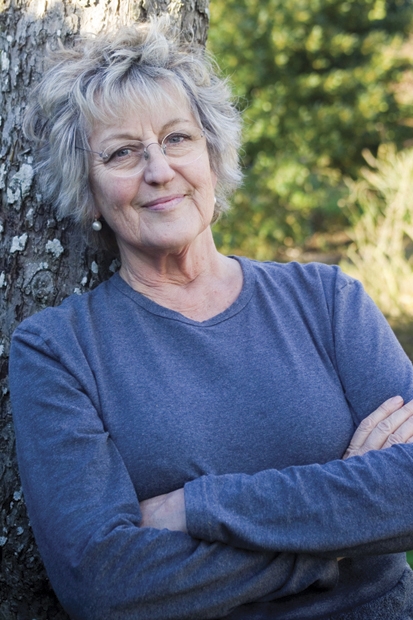Like an old woman in a fairy story, Germaine Greer, now in her late seventies, has taken to lurking in a forest. Always inclined to reinterpret the world through her own changing needs and perceptions, and to instruct the rest of us accordingly, she has now written a book of passionate didactic energy about her quest for regeneration, personal, national and global. She explores in exquisite, sometimes overwhelming detail the story of how in 2001 she bought a patch of subtropical rainforest in southern New South Wales, what she found there and what it has taught her and could teach the rest of us if we would only pay attention.
In its slightly mad way, this is a rather marvellous book. But then the whole venture was more than a little mad. Greer recounts how some 15 years ago she decided to sink her savings in a piece of land in her native Australia, despite having previously declared that she would never call it home until aboriginal sovereignty was recognised. She got round this by declaring that she was not buying a home but a project; she had decided to do what she could to put right the damage the European invaders had done to the land and its people. Money was no object. ‘I didn’t need anything nearly as much as I needed to heal some part of the fabulous country where I was born.’
So she sets off, accompanied and advised by her splendid, sensible sister, Jane, a qualified professional botanist famous, we learn, for her wallaby grass lawn on the Mornington Peninsula near Melbourne, to find the right place. She had originally envisaged buying a patch of desert, and almost did, before an encounter with a dancing bird (a regent bowerbird, with black, yellow and red plumage,‘a sort of crow in fancy dress’) in a clearing in the forest at Cave Creek in the Numinbah Valley settled the matter.
Greer’s account of the forest’s flora and fauna is both meticulous, as befits an academic, and deeply emotional. She loves the poetry of the species names, both in Latin and English: her text is full of them, of cinnamon fungus and white-browed scrub wren, of the bladder cicada and spiny rainforest katydid, of torrents of blossom and heart-shaped leaves of apple green silk velvet.
Having acquired the land and rebuilt a wrecked house, she hires helpers and they get to work, clearing, replanting and replacing alien species with the original native trees and plants, including the great white beech of her title. Greer comes and goes, but undertakes plenty of backbreaking work herself, tramping through the undergrowth, battling brambles and stinger vines, marking plants for later annihilation by herbicide.
But this book is not only the story of her own adventures. She takes the opportunity to tell the story of how the Europeans first explored and exploited the Australian bush, how they discovered and named innumerable new plants and creatures, how they introduced new varieties with often disastrous results — the rabbit and the blackberry bush being striking examples — and how long it has taken them to begin to appreciate the richness and subtlety of the continent they appropriated and the aboriginal culture they subjugated. It is not a new story, but Greer tells it with a special passion and indignation.
Always conscious that she too is an interloper, she tried very hard to find the traditional owners of her land, but met a wall of silence and evasion. Eventually she concluded that a dramatic waterfall and arch of rock hiding a deep cave was very likely a sacred site, perhaps connected with ‘serious women’s business’, puberty and fertility, about which no one would speak.
After ten years, she turned the Cave Creek Rainforest Rehabilitation Scheme into a charity (now called Friends of Gondwana Rainforest) so that she no longer owns the land; but the work of rehabilitation continues. She hopes, somewhat vainly one suspects, that her example may be followed by others, and that even suburban gardeners may dig up their rose beds and lawns and carports and encourage the native bush to flourish.
Meanwhile, it sounds as if she knows that she herself has been the main beneficiary of her splendid, quixotic venture. ‘My horizons flew away, my notion of time expanded and deepened, and my self disappeared.’






Comments